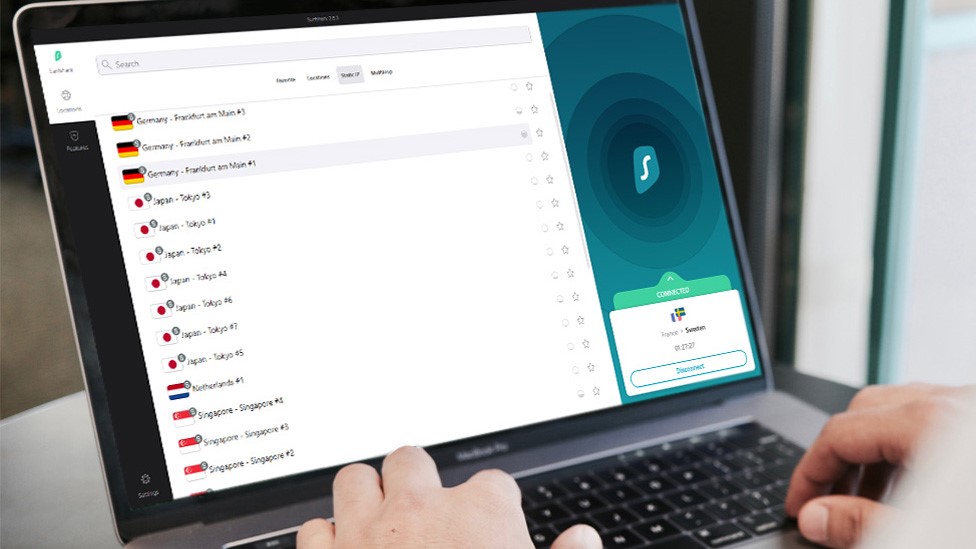Surfshark adds a web content blocker to prioritize privacy over monitoring – here's how it can keep your kids safe
Surfshark helps you filter out certain web content, but don't call it another parental control app

- Surfshark has expanded its toolkit with a new "web content blocker" tool
- The tool lets you block certain types of content on select devices
- Unlike parental control, it doesn't keep tabs on activities for greater privacy
Surfshark VPN has just introduced a new tool made to serve entire households.
Dubbed the web content blocker, the feature helps you protect your family without invading their privacy. It lets you set up category-based content controls, so that you can easily filter out certain websites or apps.
However, unlike traditional parental control software, Surfshark's blocker doesn't keep track of anyone's browsing history. This lets you and the other people in your household browse freely while still staying safe.
Surfshark already ranks high among some of the best VPNs, and this new tool might make it an even better pick for safety-conscious users.
What is the new Surfshark web content blocker, and how does it work?
Surfshark announced the release of the new web content blocker tool in a blog post, explaining that its goal is to "protect people without prying."
Using the web content blocker, you can filter out certain websites on any of the devices in your network. You can block content across a list of provided categories, including adult websites, gambling, profanity, phishing, and malware. This will block the websites and apps that fall under those categories.
Surfshark launches web content blocker — filter harmful sites across all your devices from r/surfshark
Surfshark doesn't track browsing activity, so you won't be able to know what kind of content each person is browsing – but you'll be able to rest easy in the knowledge that a lot of harmful websites will be out of their reach.
Turning off the controls won't be possible if you don't want it to be. You can secure the feature with two-factor authentication, ensuring that you're the only person who can toggle it on or off.
Right now, the web content blocker is available on Android and iOS with no device limit. However, Surfshark teases that more platforms are coming soon.
How to activate the web content blocker
Surfshark's web content blocker is exclusive to One or One+ plans. Hence, users on the cheaper Starter plan will need to upgrade their subscription.
Once you're on the right plan, you can find the new feature under Settings > Web content blocker.
Toggle it on and personalize the categories you want to block. Then, log on to Surfshark on the device you want to protect and enable web content protection.
The feature works even when you're not using a VPN connection.
How does Surfshark's web content blocker compare to parental control apps?

Surfshark's web content blocker doesn't directly rival some of the best parental control apps, but it doesn't seem to be trying to.
The two have a lot alike: both let you block certain types of content on some devices. However, parental control apps also come with features that limit screentime and track your kids' online activity. A good example of this is Vodafone’s recently updated parental control app that collects usage data and tracks activity to manage screen time. It’s now free to UK customers.
Surfshark simply filters out harmful content based on your own preferences. This makes it a good tool to keep the entire family safe, including both kids and adults, without interfering with their privacy.
You might also like

Monica is a tech journalist with over a decade of experience. She writes about the latest developments in computing, which means anything from computer chips made out of paper to cutting-edge desktop processors.
GPUs are her main area of interest, and nothing thrills her quite like that time every couple of years when new graphics cards hit the market.
She built her first PC nearly 20 years ago, and dozens of builds later, she’s always planning out her next build (or helping her friends with theirs). During her career, Monica has written for many tech-centric outlets, including Digital Trends, SlashGear, WePC, and Tom’s Hardware.
You must confirm your public display name before commenting
Please logout and then login again, you will then be prompted to enter your display name.